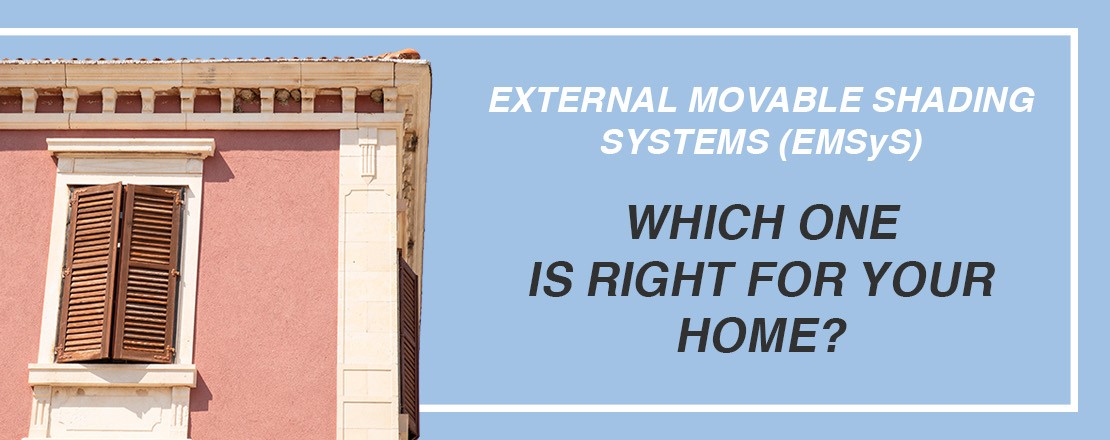
- Posted On: June 13, 2022
Summer is here and escaping the heat is proving to be difficult. An option that many urban dwellers are considering is installing an air conditioner in their homes. Those who would have opted for this will be aware that as soon as you visit your nearest air conditioner dealer, the first question you are asked is the tonnage of the AC you want to purchase.

A lesser capacity AC might fail to cool your room adequately, while increasing your utility expenditure. At the same time, an oversized AC will cool the room quickly, but frequent startups and shutdowns could lead to shorter life of the equipment.
Before purchasing an AC you should first think about the space you want to cool. You can make a good decision about the tonnage of the AC by following these factors.
1. Size and volume of the room
How big your room is should be the first and most important consideration when determining the tonnage of your AC. Here is a simple way to understand the size of your room vis-à-vis the AC you need.
- Multiply the length and width of the room (in feet)
- Find the square root of the answer to the first step
- Divide this number by 10.
- The resulting number will give the required tonnage (the blue leaves design group)
Also keep in mind the volume of your room. Remember that high ceilings increase the amount of space and necessitate the use of a bigger air conditioning unit to provide appropriate cooling.
2. Amount of heat entering the room
The number and size of windows determines the amount of heat entering your room. As the heat penetrates the glass to enter inside, the AC unit has to work harder to cool the space down. Therefore carefully consider the amount of openings and the shade this room gets. The load on the AC unit will consequently vary.
3. The Location of Your House/Flat
If your house is located on the top floor, there is a high possibility you will need to increase tonnage because of the amount of excessive heat directly hitting your roof. However, if your house is on the ground floor of a multi-storey building, it will stay comparatively cooler than other floors due to the stack effect. At the same time, if your house is sun facing the AC will require more power to cool the space. In the summer, rooms facing east or west are hot, while ones facing north are relatively cooler.
4. Material
The material of the walls in your home drastically affects the internal temperature. If your walls are made up of materials like reinforced cement concrete (RCC) there will be a significant increase in the heat entering in the building. On the contrary, materials like autoclaved aerated concrete (AAC) and bricks will keep the building cool, reducing the cooling demand in turn. Thus, considering and knowing about your wall material can let you determine the amount of heat you will be expecting in the unit.

Keeping these four factors in mind, you can now consider the correct tonnage of the AC you should be purchasing so that it effectively cools your home and making sure you don’t end up shelling out extra money to stay cool.
-
- Tahura Fatima






